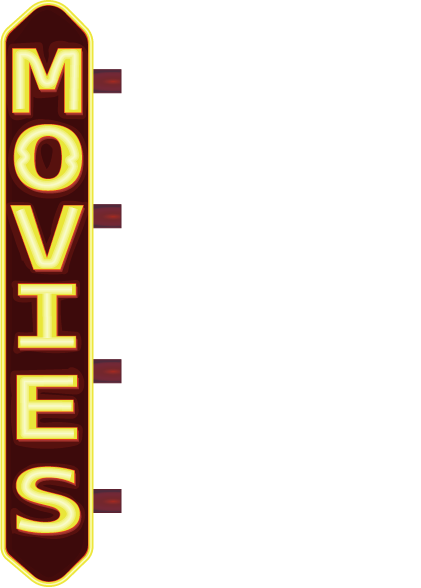Hillary Clinton is eyeing the White House. For the first time in United States history, the speaker of the house is a woman. Women on college campuses outnumber their masculine counterparts. Despite these tremendous achievements, filmmaking is still a man’s world.
After 79 years of honoring the best films Hollywood has to offer, the Academy Awards have only given three women nominations in the Best Director category. None of these women took home the trophy, despite multiple wins for their respective films. Three nominations in 79 years might be shameful, but the fact is, women are grossly outnumbered by men as directors. The baffling dearth of women in the director’s chair, and on the Oscar ballot, is a phenomenon that has been dubbed “The Celluloid Ceiling” by journalists, academics and insiders alike.
Martha Lauzen, Ph.D., a professor in the School of Communication at San Diego State University, annually researches the prevalence of women as directors, editors and other technical aspects of movie-making, as well as television production. Her reports citing the lack of female involvement behind the fourth wall have charted the rise and fall of female directors over the past decade. In 2000, 11 percent of directors were female; five years later, Lauzen found that the percentage of female directors had fallen to 7.
Lauded actress and two-time film director Jodie Foster offers an explanation for the estrogen deficiency behind the camera. She told the Voice of America Web site that high-powered male producers prefer to do business with fellow men. “It’s much easier for most male producers to want to go with that risk when they can shake the hand of someone across from them who they know looks like them,” she said to Voice of America. “They want that person to reflect their own personality, and that’s why it’s been so difficult for women to get into that aspect of filmmaking.”
Foster’s theory might explain why a great deal of the noteworthy female directors working today first reached fame as actresses. Kathy Bates, Penny Marshall and Anjelica Huston spent years acting before stepping behind the camera for creative control. Marshall, the most accomplished of those three, has directed Oscar-nominated performances from Tom Hanks (in 1988’s fan-favorite Big) and Robert DeNiro (in 1991’s underrated Awakenings), and directed a Best Picture nominee (Awakenings). She is also the first female to direct two films that grossed more than $100 million (Big and A League of Their Own, respectively).
The problem is, Marshall’s success is more of a fluke than a sign of positive change. At the moment, there isn’t a female director who is making headlines both for her gender and for the quality of her work. Well, there’s one: Sofia Coppola, the only American woman ever to score a best director nod. Her legendary father and questionable career as a less-than-respected actress might have gotten her foot in the door, but it is her haunting writing, complemented by her inventive directing-in films such as The Virgin Suicides, Marie Antoinette and, her masterwork, Lost in Translation-that has made her a feminine force in a testosterone-driven industry.
Patty Jenkins, one of Coppola’s few contemporaries, is another American-born director. Jenkins, who directed a frightening Charlize Theron in her Oscar-winning performance as a serial killer in Monster, did not break into film as an actress. She operates completely behind the scenes, often serving as writer and director of her films.
Jenkins’ and Coppola’s recent works hint a new method for success for female filmmakers: “I definitely think I could not have [gotten my foot in the door] without developing and writing my own project and staying attached to it the way I did,” Jenkins told Voice of America’s Gloria Hillard. Rather than stealing projects away from men, women can create their own projects to facilitate their own creativity. This demands more of women, but it also offers them more control over their vision.
Perhaps Coppola and Jenkins are the first of a generation of women who will make their voices heard in Hollywood, but it is disheartening that neither one of them has major projects on the horizon, according to the Internet Movie Database. Maybe the wealth of richly developed acting roles for women in 2006 is the first step in a creative renaissance that will usher women into off-screen creativity.
The fact remains that women have gone almost 80 years without asserting themselves as creative forces in a medium that all but defines popular American culture. So, while the nation focuses on a woman’s chances for the White House in November of 2008, I look forward to a woman’s chances of joining the ranks of Francis Ford Coppola, Steven Spielberg and Martin Scorsese.







